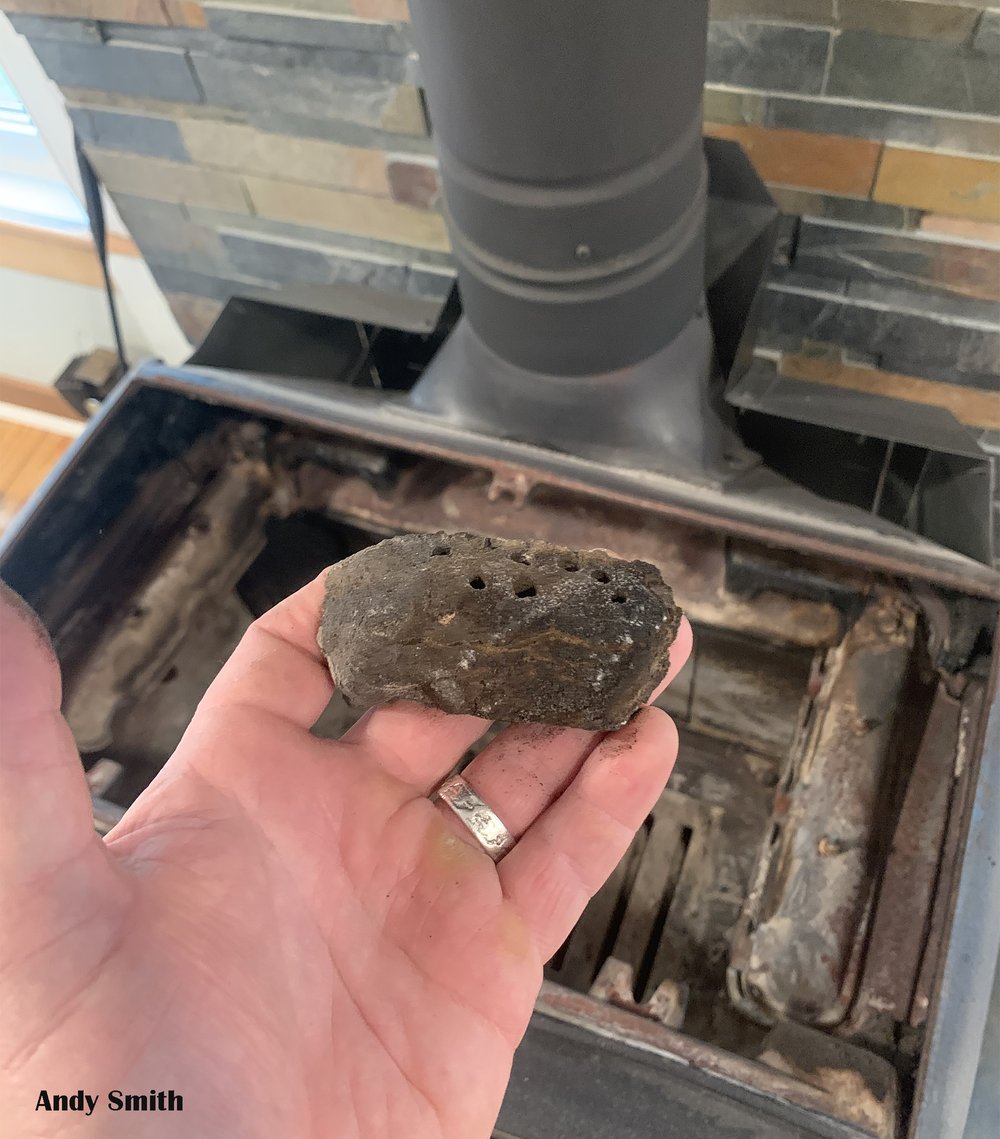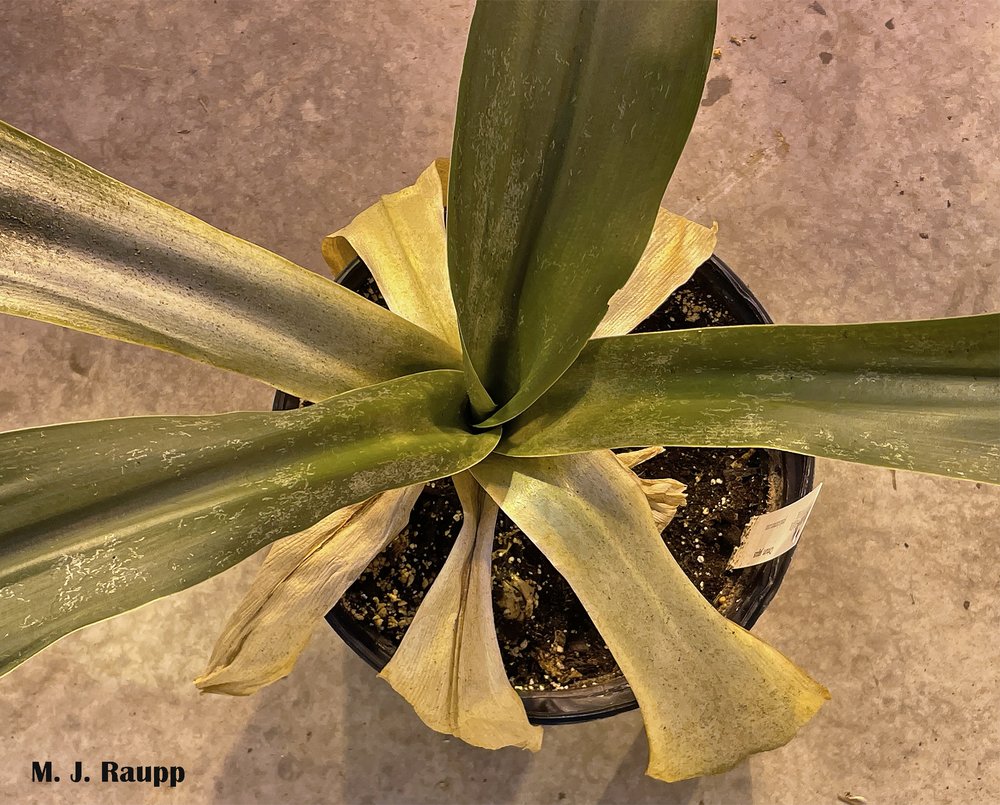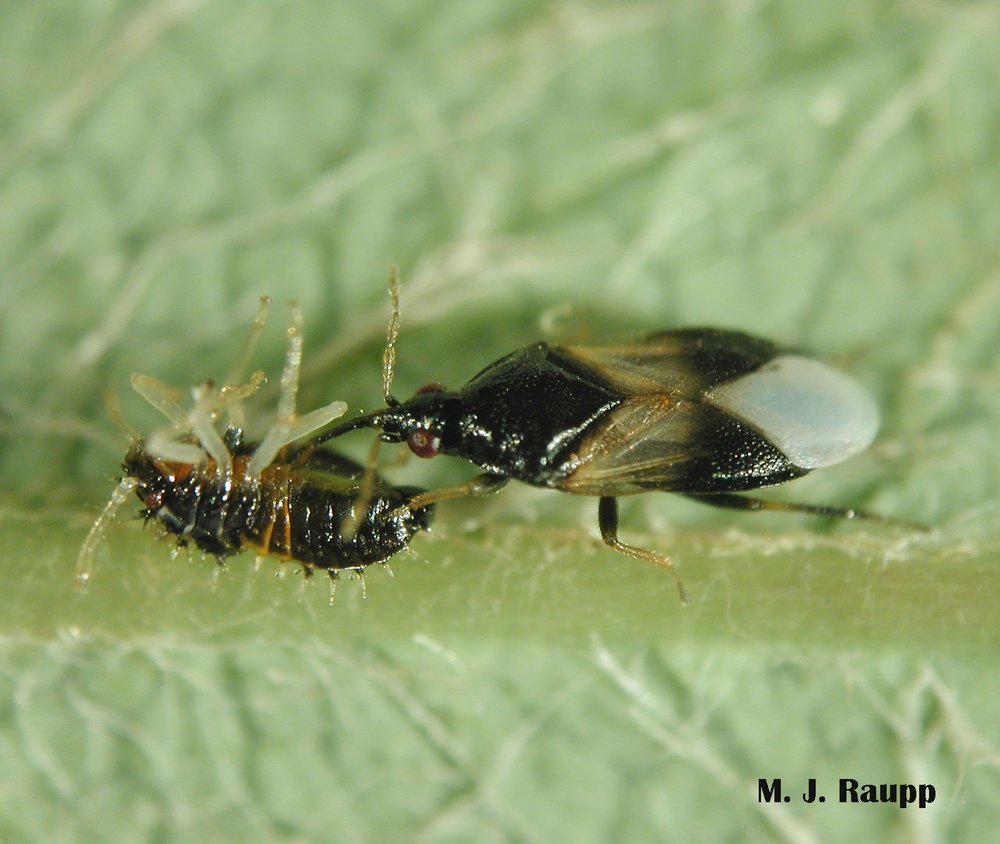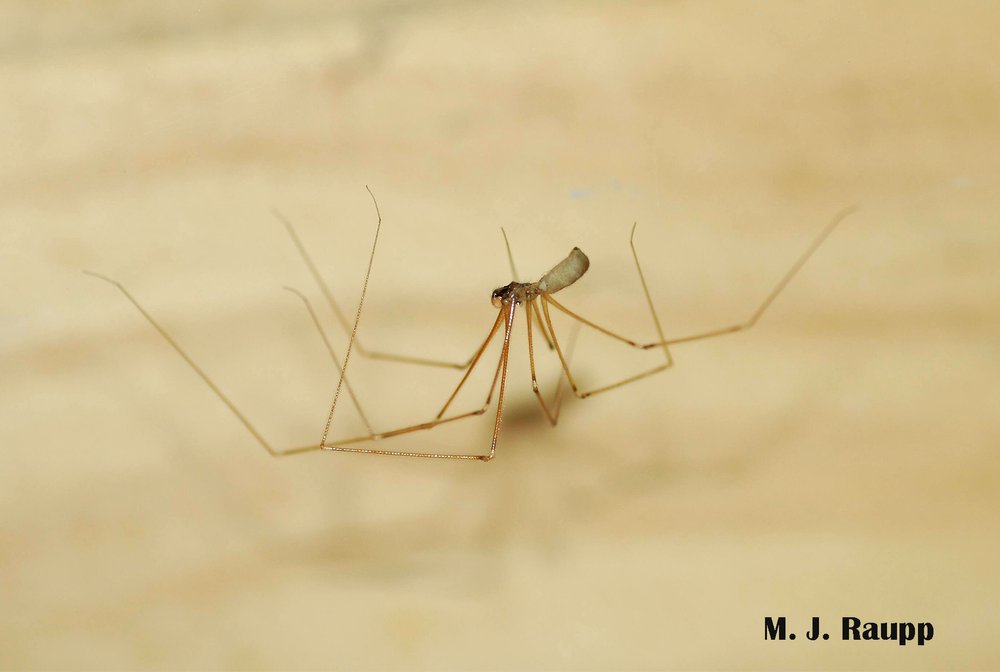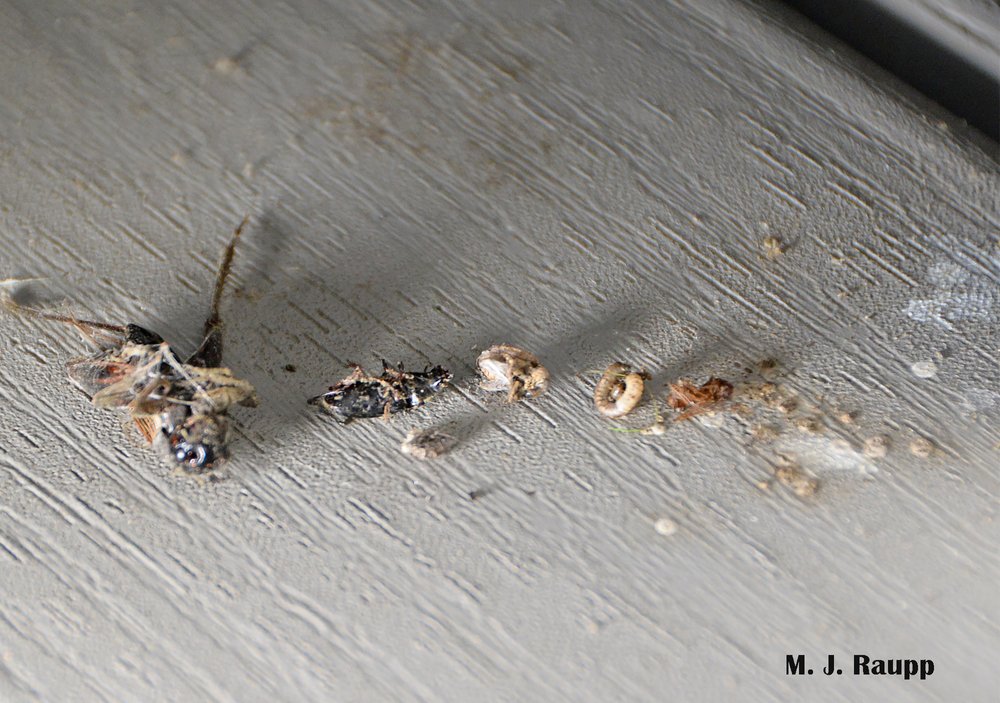From the mailbag – Who’s that large dead insect on the driveway? Green June Beetle Grub, Cotinis nitida

A very large green June beetle grub discovered its thermal limits on a cold December night.
Digging through the mailbag, I came across an inquiry from a budding nine-year-old naturalist who discovered an unusually large beetle larva that had expired on her driveway. The grub was none other than the back-walking larva of a turf pest known as the green June beetle. Like other larvae of the scarab beetle clan, green June beetle grubs use three pairs of legs on their thorax for short distance feeding sorties. But when it’s time to get up and really go, they move out of the soil and use a very bizarre form of locomotion – “walking” on their back. These wiggly critters have a series of stout hairs on the upper surface of their back. To move quickly above ground, the grub rolls on its back and with peristaltic motions it wriggles across the surface of the earth or a driveway. Dorsal hairs contact the substrate and provide ample traction for surprisingly rapid movement. The unfortunate star of this week’s episode likely emerged from turfgrass adjacent to an expansive driveway on an unusually warm December day. As temperatures plummeted from afternoon highs near sixty to post sunset lows in the thirties, the back-walker apparently was stranded and unable to regain the relative warmth of the soil. When our third-grader discovered the grub the following evening, with temperatures still below freezing, the larva had suffered the same ill fate as the Scott party in Antarctica.
Using a backstroke even Michael Phelps would admire, a green June beetle larva races across my patio.
Most green June beetle grubs choose a slightly different path to follow. After feeding for several months near the surface of the earth, grubs, which may be an inch and a half long, burrow deeper underground to escape winter’s bitter cold. In spring as temperatures warm, larvae return to the upper stratum of the soil to resume feeding and complete development. Most of the damage caused by grubs results as they move to the surface of the soil to feed. Their burrows can be the diameter of your thumb and small mounds of soil often surround the burrows. The soil disruption caused by burrowing beetles creates problems on golf courses and in lawns. Soils with organic mulches and farm fields that receive applications of manure are highly attractive to the egg-laying females and may be loaded with grubs.

A pair of green June beetles exhumed in a mulch pile tries to escape a prying camera lens.
On hot summer mornings, adult green June beetles zoom over the surface of lawns as they search for mates and sites to deposit eggs. While many beetles spread their hard outer wings to fly, green June beetles simply lift their hardened outer wings and extend membranous hind wings used for flight. The flight patterns and buzzing sounds of green June beetle adults are strongly reminiscent of large bumble bees. Perhaps, these behaviors are a clever way to ward off would-be predators that learned not to mess with large buzzing, stinging insects. Once a female locates a favorable spot, she burrows several inches into the earth, makes a large sticky ball of soil and proteinaceous goop (technical term), and deposits eggs in it. Eggs hatch in a few days into small C-shaped white grubs. During the day, white grubs rest in a burrow underground but at night they move to the surface of the earth to eat decaying organic matter. With some regularity in late summer and autumn, these rather large white grubs wind up on my patio or in the carport and perform their strange back-walking routine.
Watch as green June beetles take flight, first at full speed and then slowed by 95%. See the unusual position of the wings where hard outer wings remain closed and membranous hind wings are extended outward and used for flight.
Unlike their more destructive relatives, Japanese beetles, Asiatic garden beetles, and Oriental beetles, green June beetles are not serious pests of roses, lindens, or other landscape plants. Their primary foods are thin-skinned fruits such as berries and grapes. I have also observed several adults congregating on a wounded tree to slurp fermenting exudates. Fresh fruit and fermenting beverages sound just fine on a warm summer’s day. Maybe these green June beetles are just a bit smarter than we think.
Acknowledgements
We thank nature-lover Eloise for sharing her beetle grub that was the inspiration for this episode. Much of the information for this Bug of the Week came from Daniel Potter’s excellent reference book “Destructive Turfgrass Pests” and the interesting article “Mimicry of Hymenoptera by Beetles with Unconventional Flight” by R.E. Silberglied and T. Eisner.
This post appeared first on Bug of the Week

